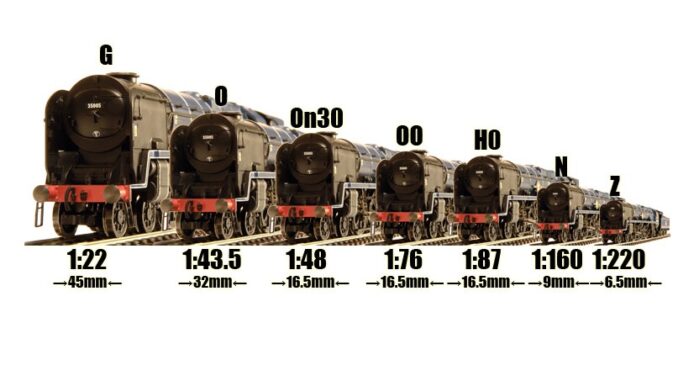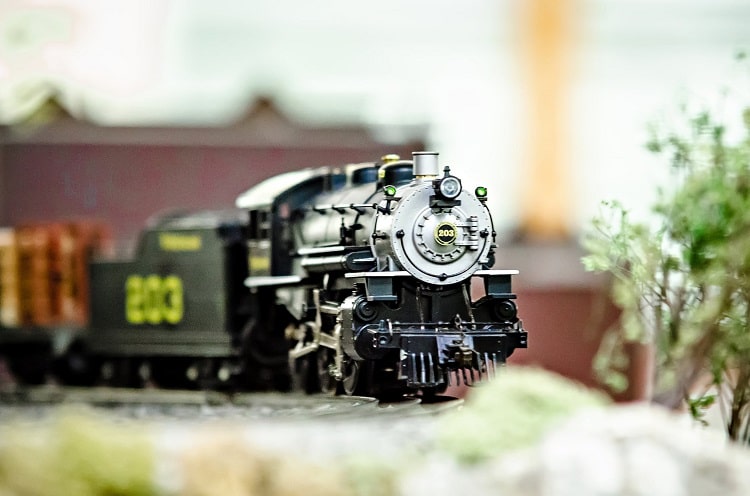
You do not have to spend a lot of time on trains to understand that they come in different sizes. These differences are one of the things that make the model so entertaining, because there are advantages for every size. Let’s look at them so you can think about what size is best for you. Learn the basics of the most common models used by rail designers.
Models and toys for toys are classified by scale and meter. “Scale” describes the size of the miniature in proportion to its full size prototype. The “meter” refers to the distance between the rails.

Of the greatest
The largest train model is usually called “big” trains. These large trains often work on so-called garden railways, although, of course, they can also be run indoors.
These models are offered in the range of proportions, including 1:32, 1: 22.5 (called “G scale”), and 1:20. But they all work on Gauge 1, which measures 45mm between the rails.
The next largest popular scale is O (ratio 1:48; pronounced “oh”). The wall of Lionel O was built almost 100 years ago, and at the height of the forties and fifties of the last century, it helped the railways (not for scales) and train models. to bring millions of children into their hobby.
Somewhat less than O scale is S scale (ratio 1:64). These locomotives and cars, which the American flyer originally popularized, work on 7/8 “rails.” Unlike their predecessors, today’s S models are described in detail, as well as trains in other rocks.
The smallest
The popular models has been made to be about half the size of O (for this reason it is called “HO” – pronounced “aitch-oh”). These trains are 1/87 of the size of their actual prototype, and the width of the HO path is 16.5 mm between the rails. HO trains are small enough to provide a satisfactory layout in compact spaces, for example plates from 4 to 8 feet, while still large enough to show great detail. No wonder the railroad is the most represented on the ladder, with more than two thirds of the modelers who make it their choice.
The N is still smaller. The fleet and locomotives of this size are 1/160 the size of their real-life colleagues. The track width is 9 mm between the rails. N scale works well for modelers who do not have much space or want to drive trains through a truly huge landscape.
They are even less with trains. Their proportion with the right thing is 1: 220, and works on a track whose rails are only 6.5 mm apart. How small are these trains? Well, the real 50-meter locomotive model measures just 23/4 in Z.
What is the best size?
No scale is right for everyone. Take a look at several scales and consider how much space you have to devote to your trains, whether you want to drive longer trains in the middle of a landscaped landscape and how much you can spend on a hobby. Talk to experienced modelers, club members and local hobbyists. Do not worry if you change your mind and decide later that a different race is a better choice for you. Everyone is great.
Leave a Reply